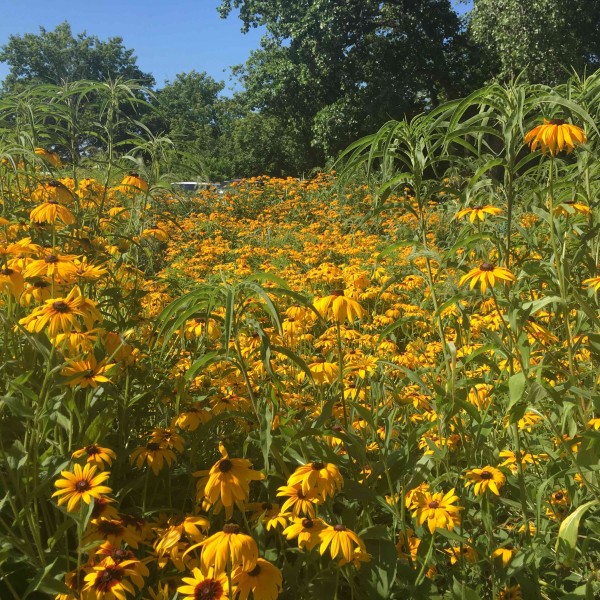
Mycorrhizal symbioses of the Amaryllidaceae 2016
CBG
Ecology, Plant Systematics & Florisitic, Soil & Fungal Biology
The Amarylloids are a large and diverse group of perennial plants (59 genera, > 800 species) in the order Asparagales, and are distributed primarily in tropical and subtropical areas. Many species are cultivated as garden ornamentals or pot plants, including the belladonna lily (Amaryllis belladonna), daffodil (Narcissus), zephyr lilies (Zephyrastrum), and ‘amaryllis’ (Hippeastrum). Other members of the Asparagales, such as Allium (onions), have been shown to host arbuscular mycorrhizal fungal (AMF) symbioses. To date, there have been no systematic studies of the mycorrhizal symbioses in the Amaryllidaceae. The objective of this study is to create a survey of the mycorrhizal status of the roots of members of the Amaryllidaceae, and place these data within the context of the current phylogeny of the Amaryllidaceae.
The intern will:
- Collect root samples from members of the Amaryllidaceae, and stain, examine and quantify the roots of AMF colonization.
- Collect and analyze leaf samples for stable isotope (13C) as a comparative marker of mycorrhizal status.
- Collect soil samples from the rhizosphere of members of the Amaryllidaceae and set up a bioassay using Allium (a strongly mycorrhizal genus) to determine the functional capacity of amarylloid mycorrhizas.




